Discover how long non-stick pans last, what affects their lifespan, and how to extend their life. Full guide with maintenance tips and expert insights.
Introduction: Understanding the Life Expectancy of Non-Stick Pans
Non-stick cookware has become a modern kitchen essential, praised for its ease of use, quick cleanup, and minimal oil requirement. However, unlike cast iron or stainless steel, non-stick pans have a limited lifespan. How long do non-stick pans last? The answer depends on several factors, including the type of coating, frequency of use, and how well they are maintained.
In this comprehensive guide, we’ll break down the lifespan of various types of non-stick pans, explain what causes them to degrade, and share expert tips to help you get the most out of your investment.
What Are Non-Stick Pans Made Of?
Base Materials (Aluminum, Stainless Steel, Hard-Anodized)
Most non-stick pans are made from:
- Aluminum: Lightweight and heats quickly but less durable.
- Hard-Anodized Aluminum: Treated for durability; resists warping and scratching.
- Stainless Steel: More robust, often used in premium pans with a non-stick layer on top.
The base material affects both heat distribution and durability.
Types of Non-Stick Coatings: PTFE, Ceramic, Diamond, Granite
- PTFE (Teflon): The most common non-stick coating. Slippery and effective but sensitive to high heat.
- Ceramic: Often touted as “green” and free from PTFE/PFOA. Less durable.
- Diamond/Granite Coatings: Reinforced with particles for scratch resistance.
- Titanium: Rare but extremely strong and durable.
Coating Thickness and Layering
- Single-layer coatings wear out faster.
- Multi-layer coatings (3-5 layers) offer better longevity and durability.
Average Lifespan of Non-Stick Pans
Teflon (PTFE) Coated Pans
- Typical Lifespan: 2 to 5 years.
- High heat and metal utensils can shorten this.
- Premium PTFE pans with multi-layer coatings last longer.
Ceramic-Coated Pans
- Lifespan: 1 to 3 years.
- More prone to degradation from frequent washing and use.
- Coating can become sticky or crack with time.
Specialty Non-Stick Coatings (Titanium, Diamond, Granite)
- Lifespan: 5 to 7 years (for high-end brands).
- Reinforced coatings resist scratches and wear.
- Still susceptible to heat damage if misused.
Key Factors That Affect the Lifespan of Non-Stick Pans
Cooking Habits and Temperature Exposure
- Cooking on high heat can damage non-stick surfaces—most are only safe up to 400°F to 500°F.
- Frequent high-heat searing or dry heating drastically reduces lifespan.
Cleaning Techniques and Abrasives
- Avoid scouring pads or abrasive sponges.
- Use soft cloths or non-abrasive sponges.
- Dishwashing may reduce the lifespan, especially for ceramic pans.
Type of Utensils Used (Wood vs Metal vs Silicone)
- Metal utensils scratch and degrade coatings.
- Use wooden, silicone, or plastic tools.
Storage Practices and Stacking Issues
- Stacking pans without protection causes scratches.
- Store pans with cloth separators or hang them to extend longevity.
Signs Your Non-Stick Pan Needs Replacing
Visible Scratches or Peeling Coating
- Peeling or flaking surfaces indicate the coating has broken down and could release particles into food.
Loss of Non-Stick Performance
- Food sticking despite oil and proper preheating is a sign the coating is worn out.
Warped or Dented Pan Surface
- Warping leads to uneven cooking and can stress the coating.
Health and Safety Concerns
- If the coating is cracked or chemically degraded, it may release toxins at high heat.
How to Extend the Life of Non-Stick Pans
Best Practices for Cooking
- Cook on low to medium heat.
- Preheat the pan with a small amount of oil to improve non-stick function.
Proper Cleaning and Drying Methods
- Let pans cool before washing to avoid thermal shock.
- Handwash with mild detergent.
- Avoid soaking ceramic pans for too long.
Storage Tips to Avoid Damage
- Use pan protectors when stacking.
- Avoid nesting heavy cookware on top of non-stick pans.
Comparison: Non-Stick vs. Other Cookware Lifespan
| Cookware Type | Average Lifespan | Maintenance Required |
|---|---|---|
| Non-Stick (PTFE) | 2–5 years | Moderate to High |
| Ceramic Non-Stick | 1–3 years | High (handwash only) |
| Stainless Steel | 10–25 years | Moderate |
| Cast Iron | Lifetime | High (seasoning required) |
| Copper | 10–20 years | Very High (regular polishing) |
Health and Safety Concerns Over Worn-Out Non-Stick Pans
PTFE Breakdown and Fume Risks
- PTFE is safe below 500°F, but can emit toxic fumes above 570°F.
- “Teflon flu” or polymer fume fever can affect birds and sensitive humans.
Ceramic Coatings and Nanoparticles
- Ceramic coatings may contain nano-ceramic particles.
- Long-term exposure studies are limited, but generally considered safe when intact.
Guidelines from FDA and Health Agencies
- FDA considers PTFE safe for cooking within recommended temperature ranges.
- Avoid cooking with damaged or peeling non-stick pans.
Cost Analysis: Value vs Longevity
Budget Non-Stick Pans
- Price: $20–$50
- Lifespan: 1–2 years
- Frequent replacement offsets upfront savings.
Mid-Range and Premium Non-Stick Options
- Price: $70–$150
- Lifespan: 3–5+ years
- Better coatings, warranty options.
Is It Worth Investing in Expensive Non-Stick Cookware?
Yes, if:
- You cook daily and value performance.
- You’re willing to maintain them properly.
- You want to avoid frequent replacements.
Consumer Reviews & Expert Insights
Real-World Usage Patterns
- Most home users replace non-stick pans every 2–3 years.
- Heavy users may see degradation even faster.
What Chefs and Experts Say
- Professional chefs rarely use non-stick except for specific tasks (eggs, crepes).
- Experts recommend rotating your pans and using stainless or cast iron for high-heat dishes.
FAQs About Non-Stick Pan Lifespan
Q1: How often should I replace non-stick pans?
Every 2–5 years, depending on use and coating quality.
Q2: Can I use non-stick pans on high heat?
No, most coatings degrade above 500°F.
Q3: Is it safe to use a scratched non-stick pan?
It’s not recommended. Scratched coatings can release particles into food.
Q4: Does dishwasher use ruin non-stick pans?
Yes, frequent dishwashing may shorten their lifespan. Handwashing is best.
Q5: Are ceramic non-stick pans healthier?
They’re free from PTFE/PFOA but less durable. Healthier only when intact.
Q6: What’s the best utensil for non-stick pans?
Use silicone, plastic, or wood utensils to protect the coating.
Conclusion: Making the Most of Your Non-Stick Investment
So, how long do non-stick pans last? Typically between 2 to 5 years, depending on how you use and care for them. While they’re incredibly convenient, their limited durability means you’ll likely need to replace them periodically.
The key to extending their life lies in:
- Cooking on medium heat.
- Using proper utensils.
- Cleaning and storing them correctly.
For many kitchens, non-stick pans are indispensable for specific tasks—but they’re not a one-size-fits-all solution. Pair them with durable cookware like stainless steel or cast iron, and you’ll enjoy the best of all worlds.
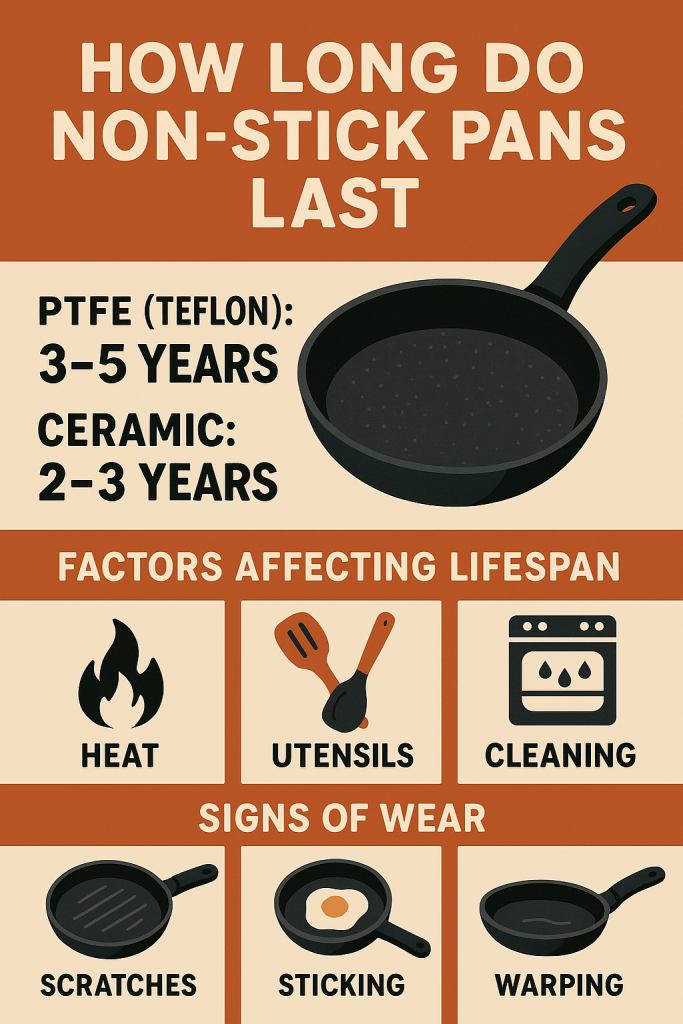

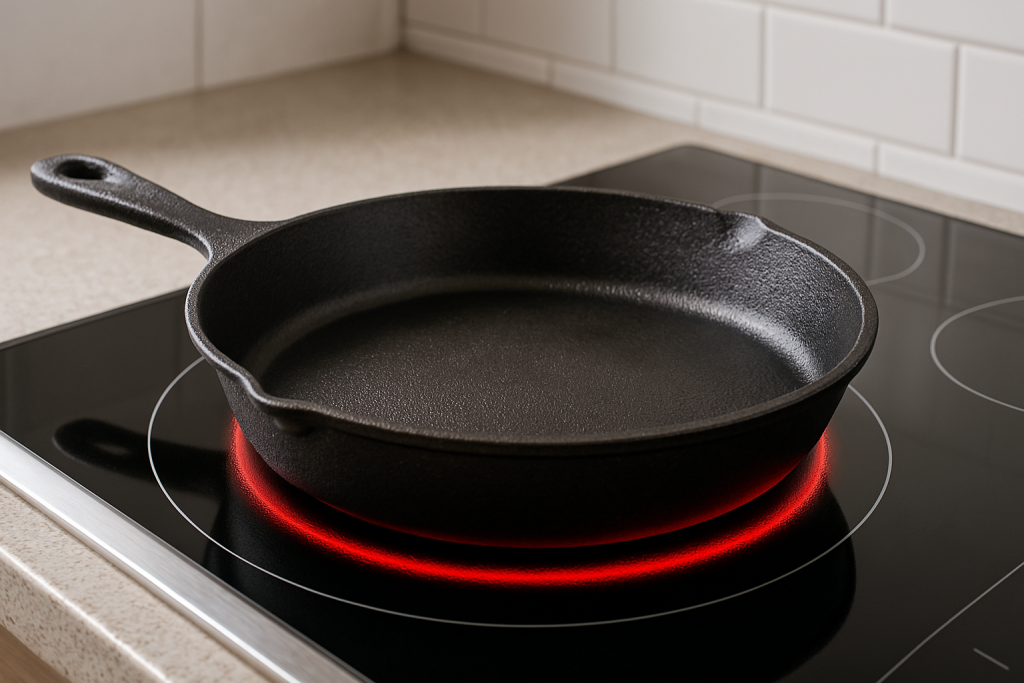
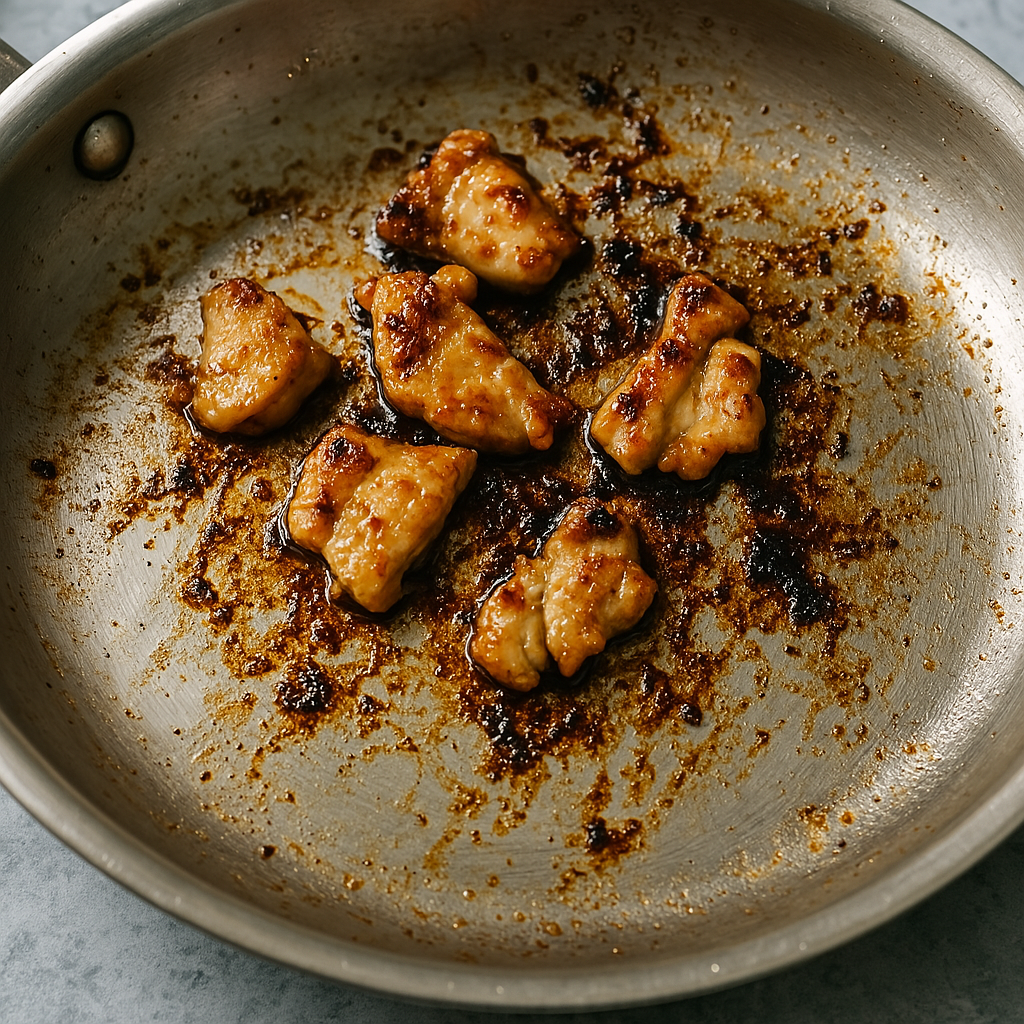
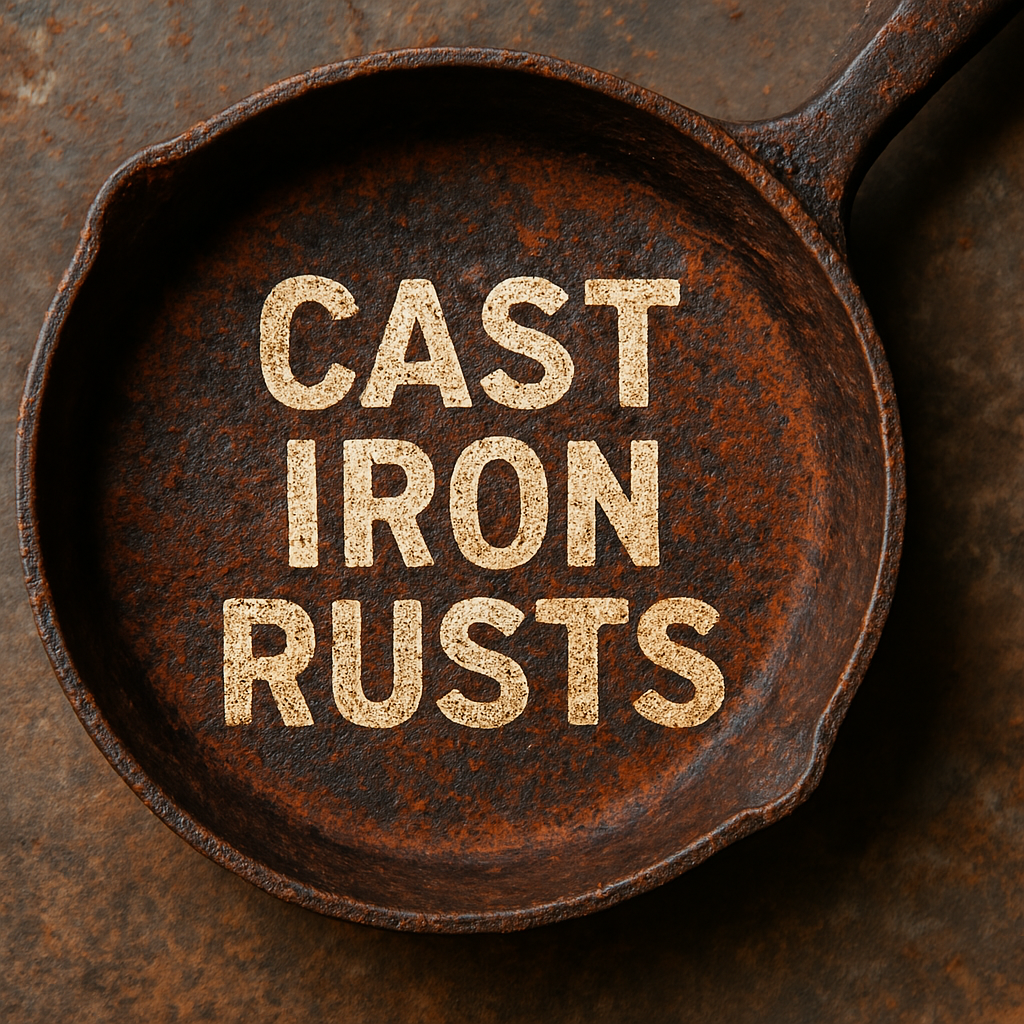
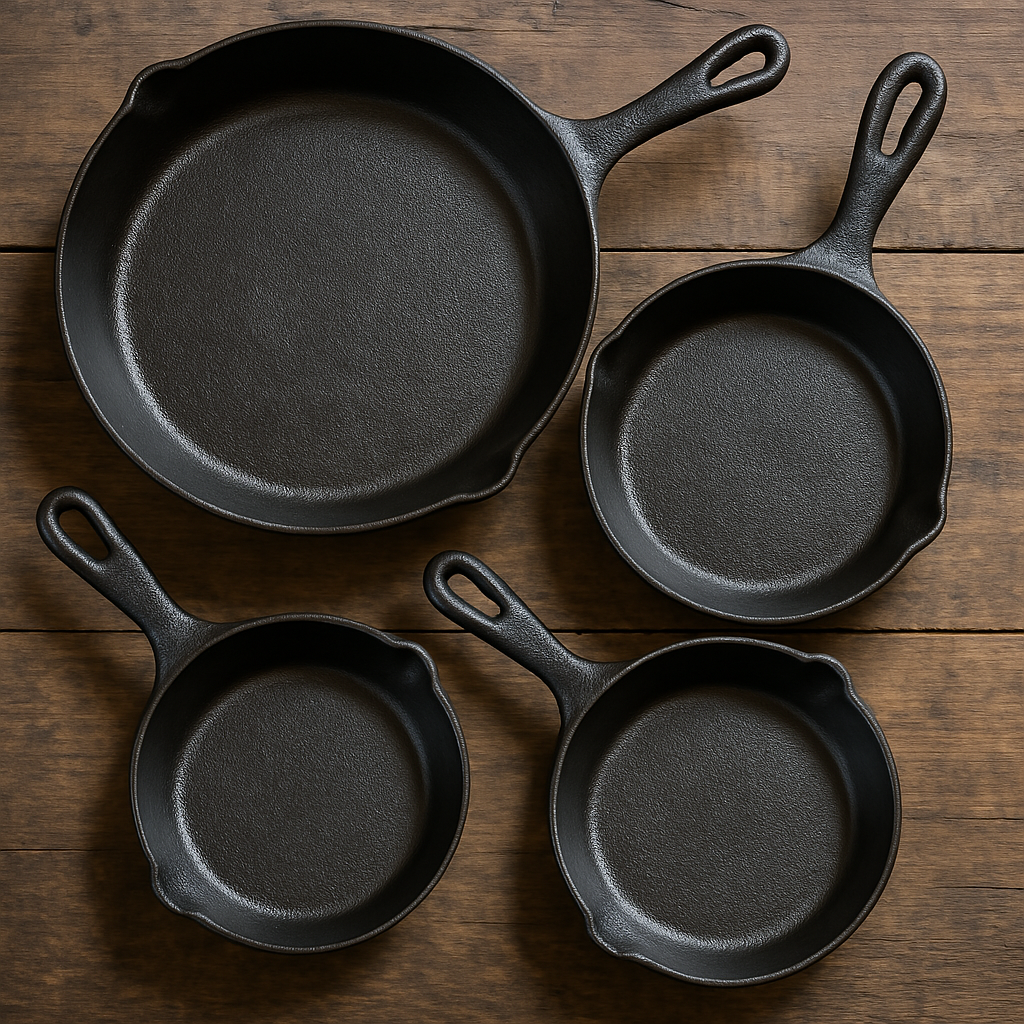
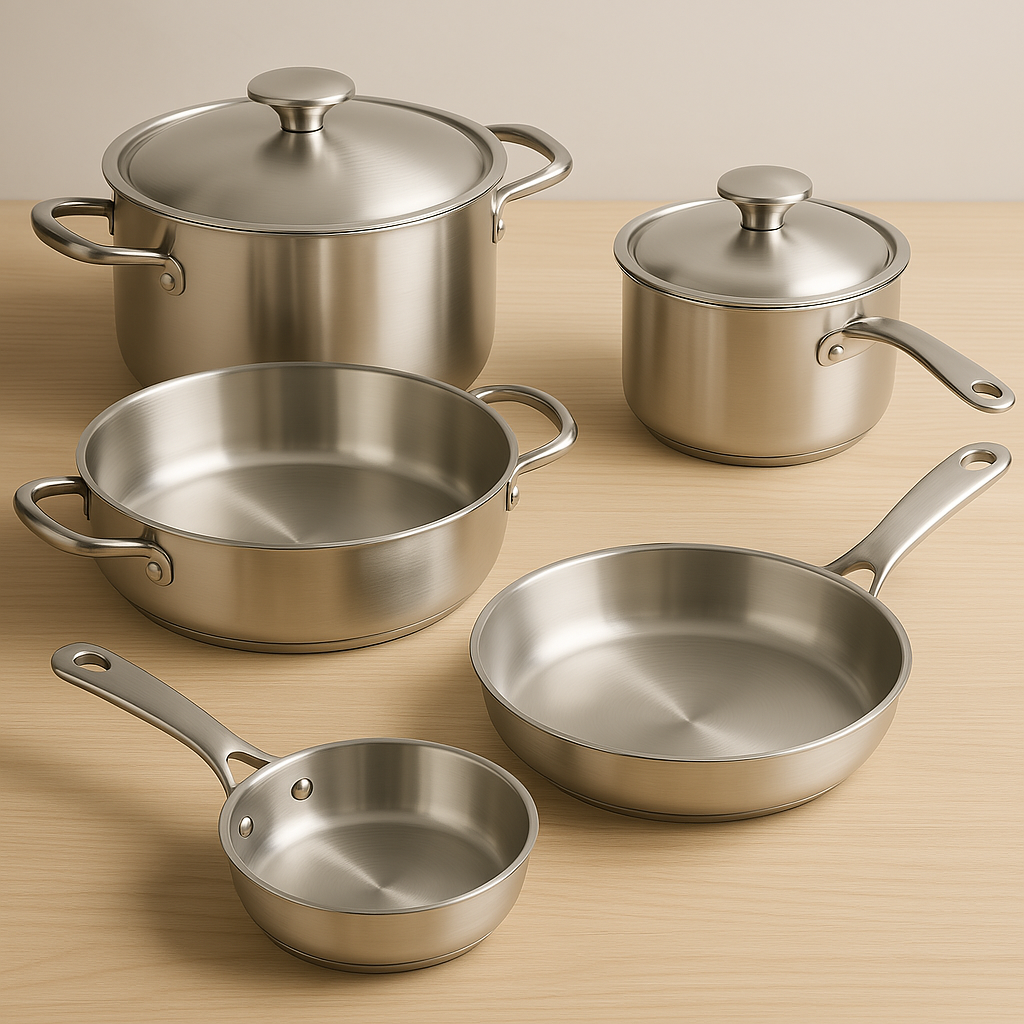
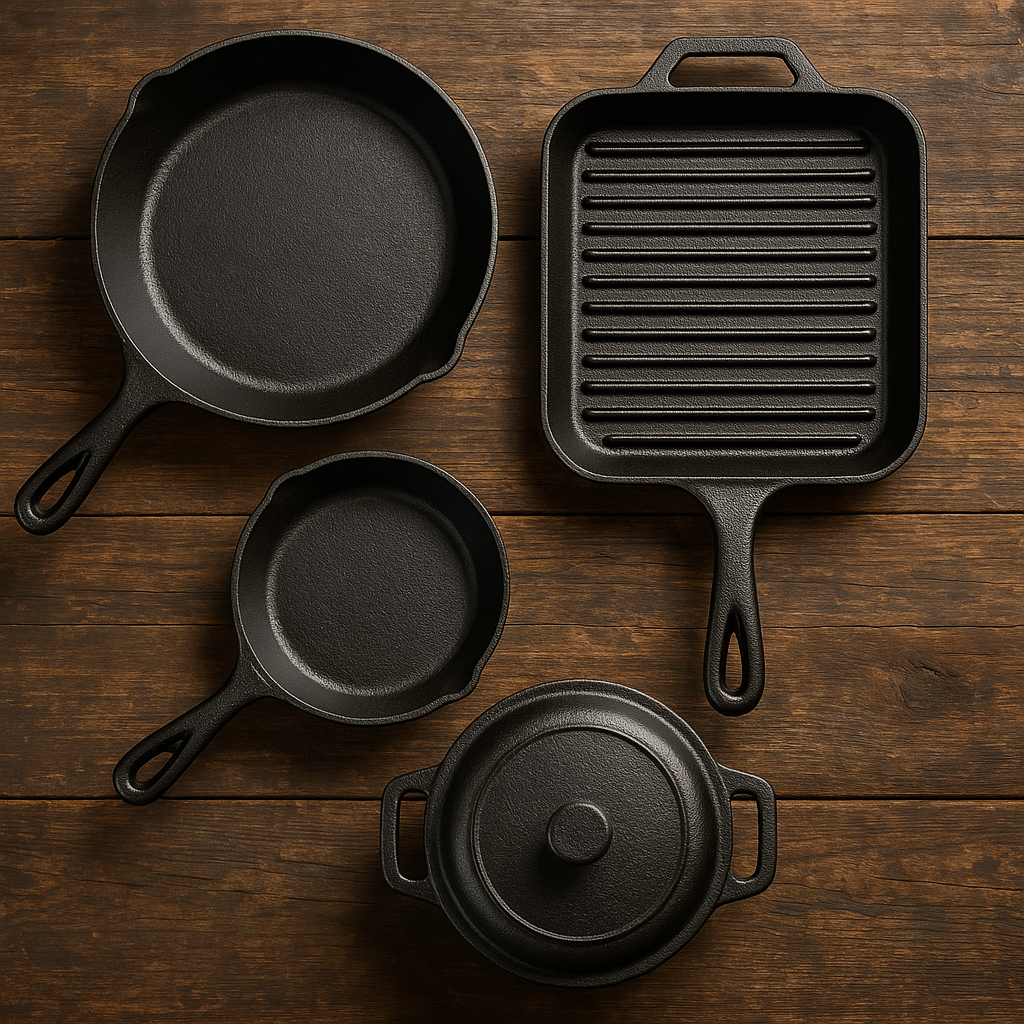
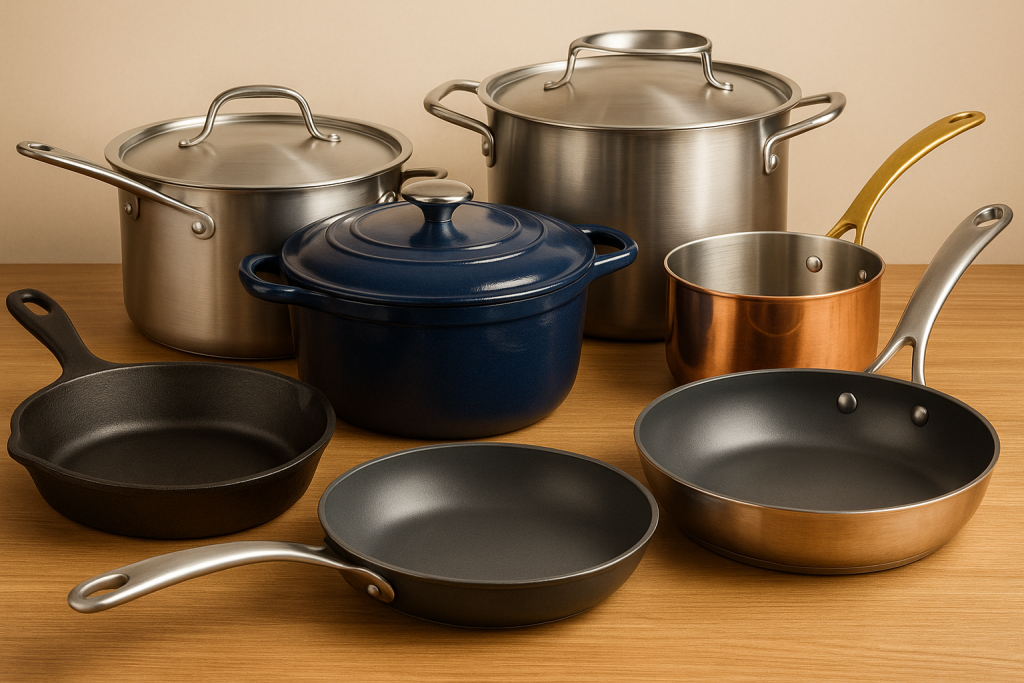
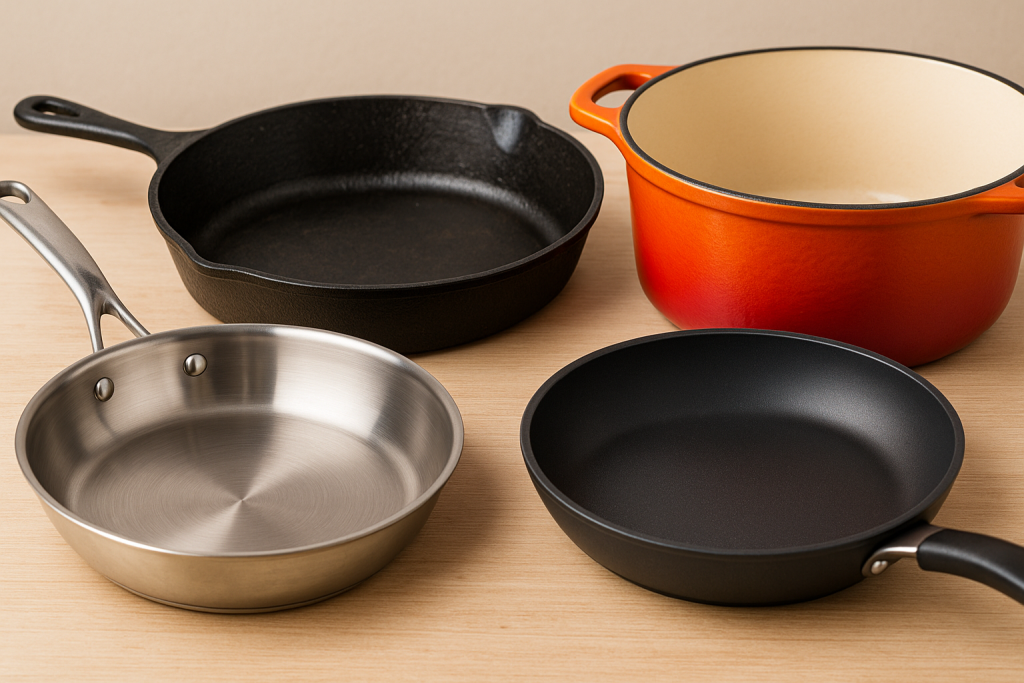
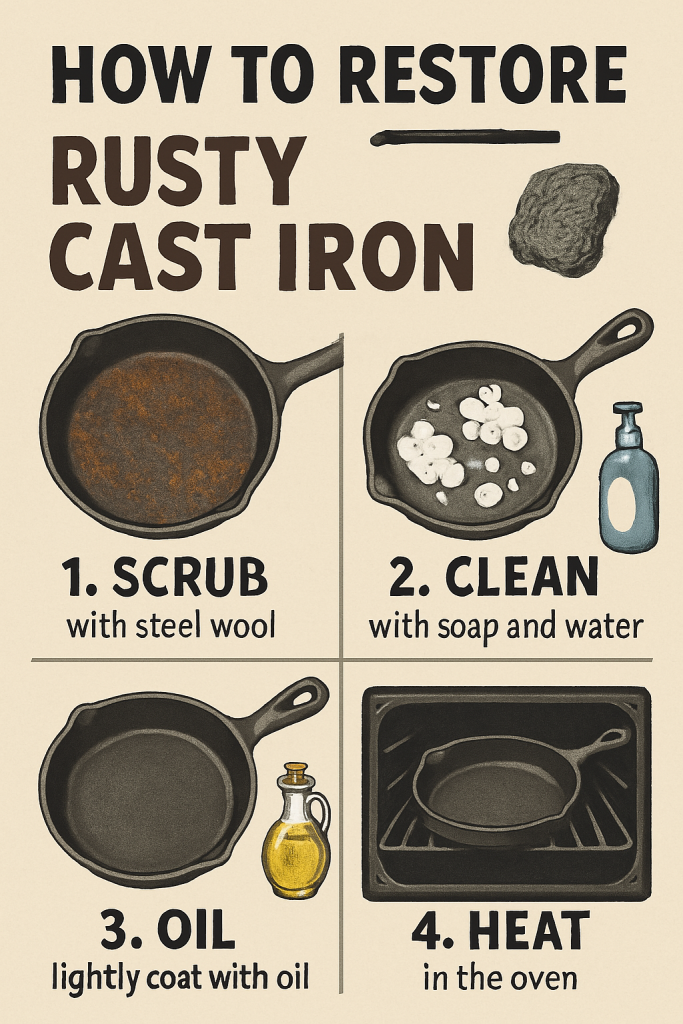
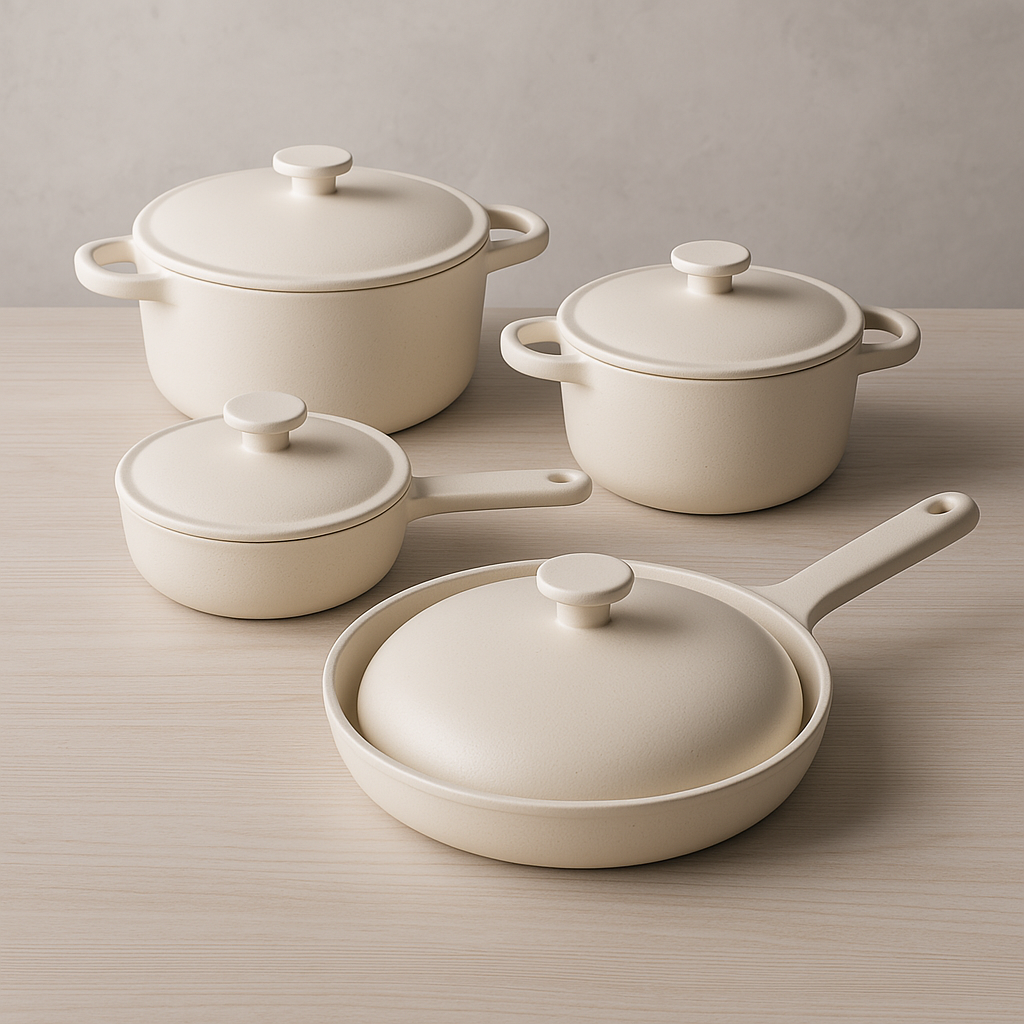
Leave a Reply